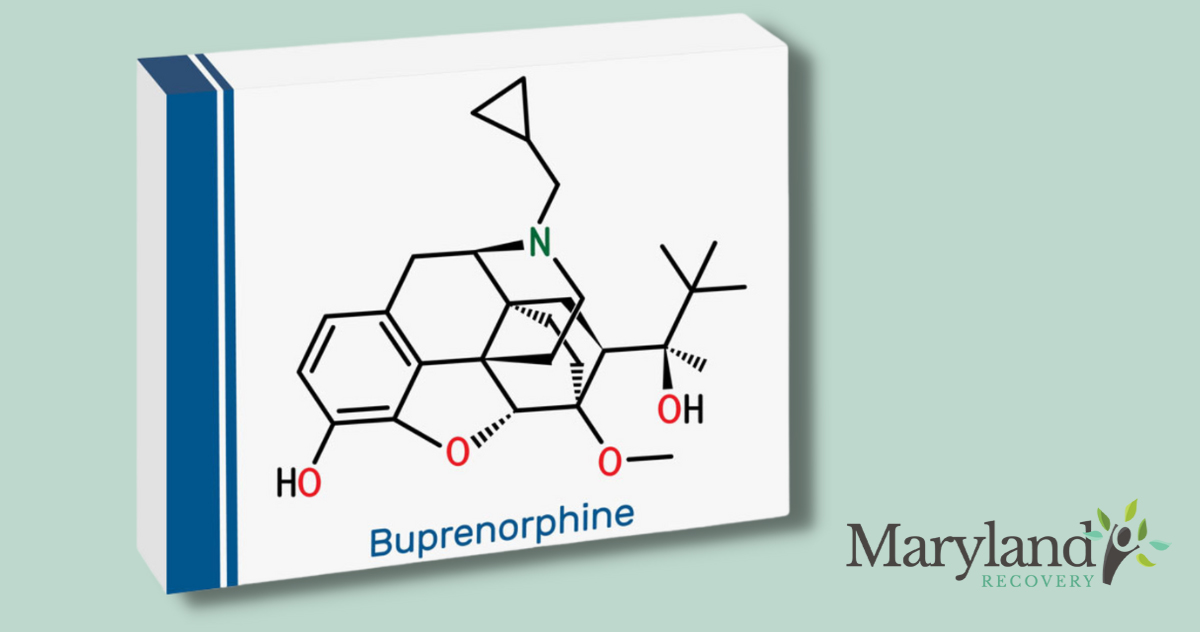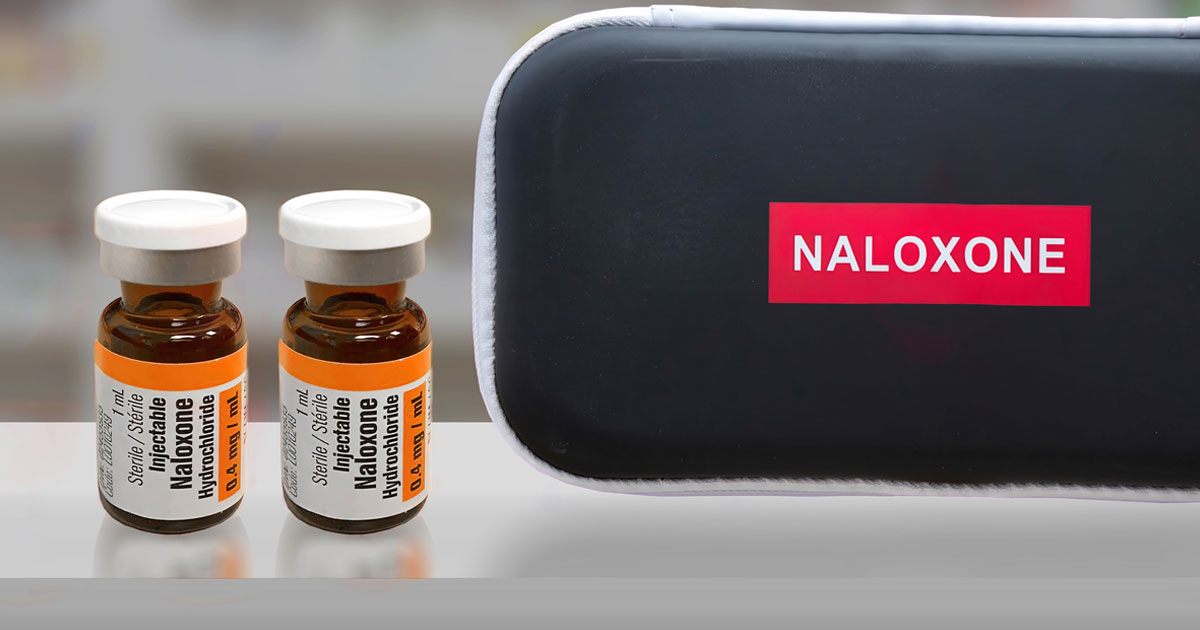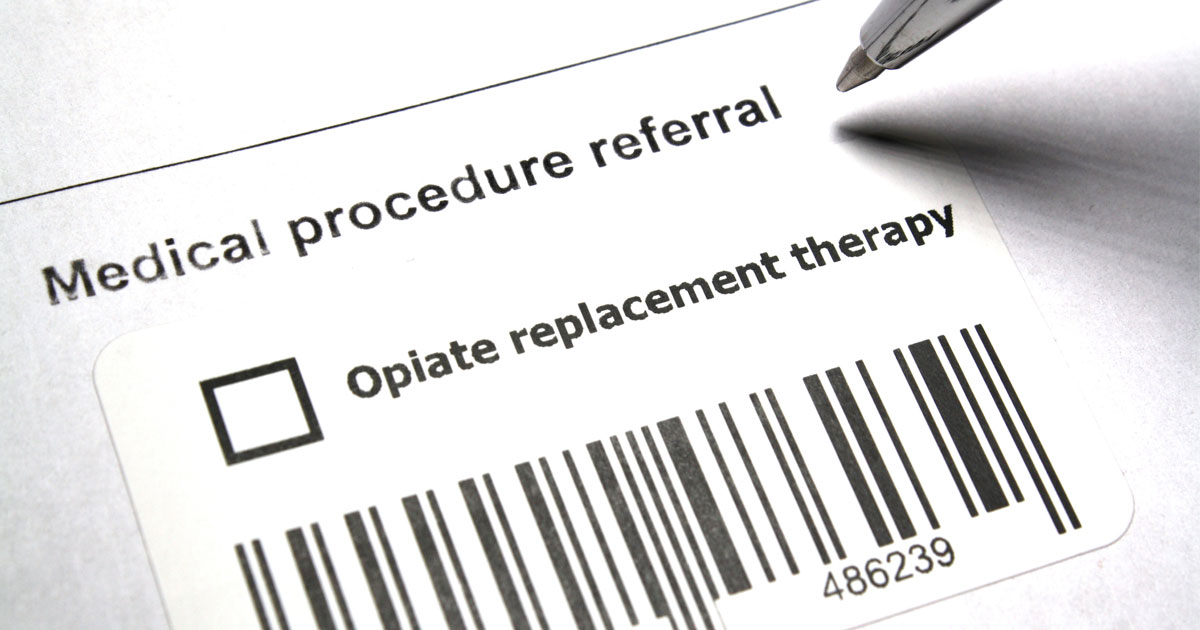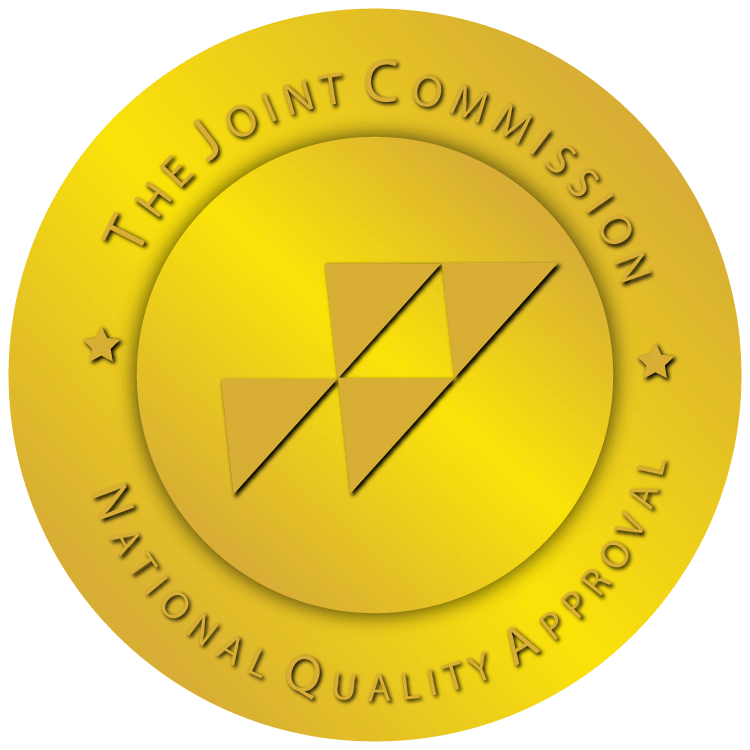
Suboxone can be an important recovery tool for many people experiencing opioid use disorder, or OUD. Suboxone is frequently utilized as a component of a medication-assisted treatment (MAT) program to cease opioid use, along with other medications like naltrexone or morphine. The FDA has approved these three medications for opioid use disorder MAT, but Suboxone is arguably the most common in recent years, and it has been shown to be effective for those who are dependent on opioids.
Suboxone is so effective because it makes the use of opioids less desirable to the individual. However, this only grazes the surface of the true utility of this medication. We’ll be looking deeper at the long-term results of MAT with Suboxone, the success stories that come along with it, and how both can help reduce the stigma around addiction medications. If you are experiencing an opioid use disorder, Suboxone may be a vital component of a plan to achieve and maintain long-term recovery.
How Does Suboxone Work?
Buprenorphine is what’s known as a mixed opioid agonist-antagonist. It is a partial agonist at an opioid receptor called the mu receptor, which means that it partially binds to the surface of that receptor and causes a weakened version of the traditional reaction the brain and body normally have to opioid drugs. It is also an opioid antagonist at the delta and kappa receptors, which means that when it binds to the receptors, it blocks them from producing the opioid response. With this dual action, buprenorphine is able to move opioid molecules away from receptors and then bind to those receptors so the opioids cannot bind in the future and exert their effects. The result is that buprenorphine partially blocks the effects of opioids when they are taken and lowers the risk of overdose significantly. It also can stop the feeling of cravings and withdrawal that are associated with stopping opioid use.
Naloxone is a full opioid antagonist. It can help to reverse withdrawal effects by binding to the opioid receptors in the body and preventing existing opioids from binding to the same sites. In this way, naloxone can both block and reverse the effects of opioids, which is why it is so essential in the event of an overdose. In combination with buprenorphine, naloxone is a useful tool to discourage opioid use, as it will cause precipitated withdrawals.

These two drugs work together in an interesting way. Buprenorphine makes the brain believe it’s receiving the opioids that it thinks it needs. Then, naloxone blocks the sensations normally caused by opioid drugs and eliminates the euphoria people typically experience with opioid use. Together, the two medications give Suboxone what is termed a “ceiling effect.”
While opioids and other substances can cause people to develop a tolerance, requiring them to take more of the substance to experience the same effects, Suboxone won’t allow a person to experience greater effects. People will experience withdrawal and craving relief, or precipitated withdrawal, should they decide to use opioid drugs while taking Suboxone.
How Is Suboxone Taken?
Suboxone is typically available as a tablet but may also be given as a dissolvable film to be placed under the tongue. Either version of Suboxone is delivered in four phases: induction, stabilization, maintenance, and taper.
During the induction phase, a physician will help the patient arrive at a proper beginning dosage. During the stabilization phase, a patient continues taking this dose while receiving additional services to support their treatment. The maintenance phase then allows a patient to return to a healthy lifestyle outside of treatment. Finally, the taper phase reduces the amount of Suboxone that a patient takes until they no longer need the medication.
Suboxone Long-Term Results
There are a number of ways Suboxone use can benefit those who incorporate it into a MAT program for opioid use disorder. When used properly under the supervision of a medical support team, Suboxone can be a critical tool to combat OUD. Here are a few notable long-term results of Suboxone use.
Decrease in Opioid Cravings
One of the most important benefits of long-term Suboxone use is its ability to diminish opioid cravings from the first dose. Cravings are one of the most difficult aspects of finding recovery from OUD and one of the most formidable hurdles for staying in recovery and preventing relapse. Cravings are manufactured by the brain in its desperate attempt to curb withdrawal symptoms, and the fear and stress of withdrawal frequently drive people back to substance use. By attenuating withdrawals and addressing cravings, Suboxone can help in two different ways.
Low Chance for Addiction
Methadone was once the most common pharmaceutical used to treat opioid addiction. When it was first introduced in 1947, methadone quickly became popular as an opioid treatment option. The trouble with methadone is that it produces similar effects as other opioids and is itself addictive. Unfortunately, for some people, methadone merely replaces one issue with another. It must be administered under strict medical supervision to prevent secondary addiction.
Suboxone does not create an opioid high in the same way that methadone and other opioids do. However, it is an opioid substitution medication that binds to opioid receptors. Still, it has a much lower potential for misuse than methadone due to its slow onset, mild effects, and relatively rare reports of individuals becoming compelled to use Suboxone for pleasure.
Improved Quality of Life
Most patients report an increased quality of life due to incorporating Suboxone into their SUD treatment. Buprenorphine, one component of Suboxone, positively impacts social interactions, friendships, other relationships, and other quality-of-life factors. Improved quality of life is crucial for most people with substance use disorder, both to help them avoid self-medicating to avoid life problems as well as to provide motivation and joy.

With improved quality of life, many people who have been struggling with opioid dependency begin to feel like their life has taken a new direction. As a result, they may feel motivated to make positive changes for their well-being, higher energy levels, a better level of mental health, and a better overall sense of wellness. These positive developments can help people find and stay on their path to recovery.
Better Retention in Addiction Treatment Programs
Maintaining patient participation in treatment programs is a key component of sustained recovery. When people don’t complete treatment programs, they have a much higher rate of relapse, as they aren’t receiving the tools and strategies they need to maintain recovery. A major factor in ensuring people remain in treatment is helping them abstain from substance use entirely during their first week. Coupled with therapy and other supporting treatment options, Suboxone can help improve treatment retention.
Initially, researchers believed that methadone was more effective for program retention than Suboxone. However, any relevant studies were conducted shortly after Suboxone became available as a treatment option. As Suboxone-based MAT has been honed and adjusted over the years, it has begun providing positive treatment retention numbers. Newer treatment methods and dosing are improving Suboxone treatment retention for opioid dependency.

Retention rates in treatment programs are very important when it comes to long-term recovery. When patients can complete an effective treatment program, they gain more benefits and have an easier time maintaining recovery. Successful treatment programs not only use medication to combat cravings and withdrawals, but they also feature evidence-based therapies, counseling, and other techniques to help individuals become more resilient against relapse.
Suboxone Success Stories
Treatment retention and long-term recovery data go a long way to demonstrate the efficacy of Suboxone. However, real-life success stories are incredibly helpful in ensuring patients feel confident in their success with MAT. Refuting the stigma of treatment, breaking the cycle of relapse, and rebuilding relationships are some of the most important aspects of ensuring people are willing to receive the help available to them. They’re also the features of the following Suboxone success stories.

Overcoming the Stigma
There is a great deal of stigma surrounding substance use disorders and SUD treatment. People often indicate that they felt safer staying in their addiction undiscovered rather than beginning a program solely because they won’t have to face the stigma that comes with treatment.
One such patient, “Joe,” discusses his experience growing up, when he internalized the different stigmas that go along with substance use disorder. Like many others, he believed that developing a substance use disorder only happened to bad people who did bad things. However, this isn’t true. SUD can happen to anyone, whether they’re people seeking pain relief and becoming dependent on opioid medications or someone trying to deal with stress in their lives.
Additionally, Joe mentioned the stigma he sensed surrounding MAT and Suboxone use. He initially believed Suboxone was just another form of opioid dependency, and he feared becoming addicted to another substance. However, with the correct use and proper dosage, Suboxone can both block and reverse the effects of opioids.
While Joe was initially hesitant to try Suboxone, he eventually decided to make a trial attempt. Today, he credits MAT with Suboxone for giving him his life, career, and happiness back.
Breaking the Cycle of Relapse
Relapse is a serious concern for anyone on the path of recovery. In fact, in some cases, the relapse rate is over 50%. This can be an intimidating number for those new to recovery because it can mean that one in every two people who begin treatment for recovery end up relapsing. However, a quality opioid MAT program with Suboxone can reduce that risk.
One patient, “Alex” reported that he had experienced relapse multiple times throughout his journey. He had developed a cycle of beginning treatment and then dropping out, only to start using opioids again. This happened several times throughout his life, and he was only able to maintain sobriety for short periods. After beginning Suboxone treatment, Alex began to experience a whole new life. With the help of Suboxone, he was able to combat the effects of withdrawal, reduce cravings, and begin feeling hopeful for the first time. Today, he is proud to report a healthy life in long-term recovery thanks to Suboxone.
Rebuilding Relationships
A final patient, “Shannon,” discusses how she felt she had finally hit her lowest point. Throughout her experiences with SUD and the various tactics she used to manipulate the people in her life, she lost all of her relationships. Friends, family, coworkers, and acquaintances alike had decided they could no longer be a part of her life. This was completely devastating to Shannon, and she struggled to find the motivation to maintain recovery.
Shannon is a good example of how much more difficult recovery can be for people who don’t have the support and care they need from loved ones – often due to their own actions. Eventually, Shannon realized how much she had damaged all the relationships in her life. She recognized that the only way to repair those relationships was to find recovery.
Through MAT featuring Suboxone, Shannon was able to complete treatment, maintain recovery, and begin rebuilding her relationships with family and friends. Today, she credits Suboxone for helping her establish her independence and rebuild the bonds that had been broken. Her life is now happier and healthier than ever before.

Why Suboxone Works for Addiction Treatment
Achieving and maintaining long-term recovery is often incredibly difficult for those with opioid use disorder, and it’s important to know that Suboxone alone won’t help patients achieve their recovery goals. However, facing withdrawals and cravings is the first step on what will be a lifelong journey, and Suboxone is an incredibly effective tool for managing these early difficulties.
Once Suboxone has helped to eliminate these symptoms and begin restoring health, many people feel much more prepared to embark on the recovery journey. Regaining this energy can give people their confidence back and allows them to face the upcoming challenges of recovery. Simply treating the withdrawal and craving symptoms doesn’t solve all problems, but it does give a person the tools to take on the next steps.
Perhaps most importantly, people who have eliminated cravings and withdrawals with Suboxone now have the opportunity to deal with the contributing factors and underlying causes of their opioid use disorder. They can be more prepared to attend therapy and take in the messages and feedback they’re receiving.
Both factors can help people receiving Suboxone treatment address mental health issues that may have been holding them back previously. Without identifying and treating any mental health disorders a person is also facing, they’ll have a difficult time achieving long-term recovery. With Suboxone and MAT, patients can focus on addressing mental health and completing the true work of recovery.
Medication-Assisted Treatment for Addiction Recovery
Suboxone long-term results demonstrate patient success, including here at Maryland Recovery. Suboxone, as a part of a personalized MAT program, can give people with opioid use disorder the ability to access the essential adjunctive therapies they need to find recovery. We have over 20 years of experience treating SUDs, including MAT programs, and we understand that a personalized, patient-centered approach gives people what they need to maintain recovery. This incredible tool, when used properly in the right doses, can give people their lives back.

We believe that people require more care and time than many programs, even standard MAT programs, truly give them. Suboxone lets our patients have that time, allowing them to experience true healing therapies without the fog of opioids. With time, we can help you, too, overcome the obstacles presented by opioid use disorder, and give you all the tools you need to face your new life with confidence. Contact us to learn more about medication-assisted treatment.
References :
- https://www.ncbi.nlm.nih.gov/pmc/articles/PMC4425232/
- https://www.ncbi.nlm.nih.gov/pmc/articles/PMC1490248/
- https://www.webmd.com/mental-health/addiction/opioid-use-disorder-suboxone
- https://www.sciencedirect.com/science/article/abs/pii/S0735675722001267
- https://bmcpsychiatry.biomedcentral.com/articles/10.1186/s12888-023-04632-z

A solution focused therapist with over a decade in the helping services, I am attuned to the broad expanse of holistic recovery. My mission is inspired by the work of Joseph Campbell, Dr. Wayne Dyer, and Fr. Joseph Martin. I am well versed in the specific needs of the recovery community and am trained in EMDR.








